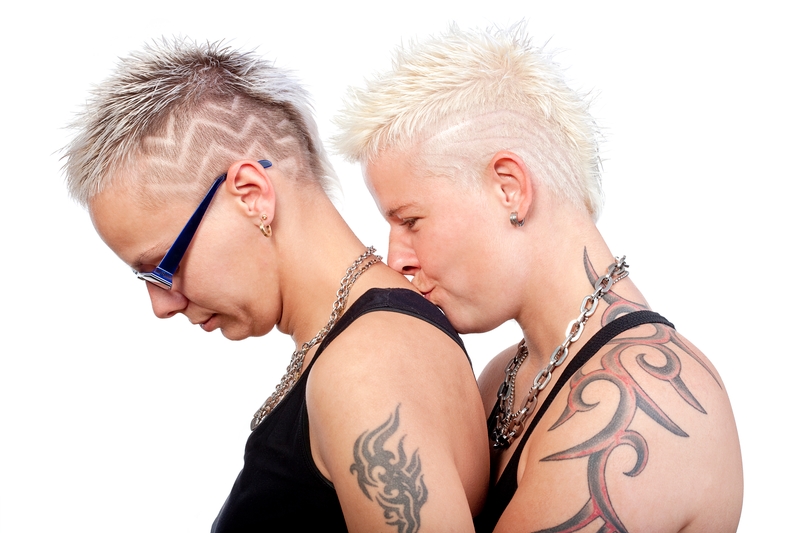
24th September 2012 | by Rachel Epstein
Fertility and parenting options for lesbians
Written by our guest contributor, Rachel Epstein, Coordinator, LGBTQ Parenting Network, Sherbourne Health Centre.
LGBTQ families first came into public perception with what has come to be known as the “lesbian baby boom.” This “boom” had its origins in the early 1980s, as lesbians started to claim the right to have children outside of heterosexual relationships. In those days, many fertility clinics were not opening their doors wide to lesbians. The use of a known sperm donor remains the first choice for many LGBTQ people to this day, and the issues involved are worth thinking about. The pros involve financial affordability and use of fresh (not frozen) sperm, ability to choose someone you know and have a relationship with as a donor, knowledge by the child of their biological origins and potential involvement of this person in the child’s life, and a de-medicalization of the process of conception. Of course there are complexities as well: the trust and medical issues involved in the use of fresh (not quarantined) sperm, and potential conflicts over level of involvement in a child’s life.
When LGBTQ people are creating families through donor insemination, they must grapple with the complex issue of donor anonymity. Interestingly, it has been queer communities who have historically pushed fertility clinics and sperm banks to provide more information about donors, including extensive health and social information, and to request that sperm banks set up identity release options for donors willing to someday be contacted by adult children1. Perhaps this can be related to a history and culture in some queer communities of valuing and promoting honesty and truth-telling, particularly with regards to children and child-rearing2. A major stumbling block to queer community support for an end to donor anonymity is the current legal ambiguity and uncertainty with regards to known sperm donors. The necessity, in many cases, of the use of donors in order to create families, means that extra care and protection is needed to protect the integrity of queer and trans family structures.
Resources on LBQ women and parenting:
Who’s your daddy? And other writings on queer parenting edited by Rachel Epstein (2009)
For further information about this book, click here.
Beyond Expectation: Lesbian/bi/queer women and assisted conception by Jacquelyne Luce (2010)
For further information about this book, click here.
How to get a girl pregnant by Karleen Pendleton Jiménez (2011)
For further information about this book, click here.
The Complete Lesbian and Gay Parenting Guide by Arlene Star Lev
For further information about this book, click here.
References
1. Vercollone, C.F., H. Moss, & R. Moss. (1997). Helping the stork: The choices and challenges of donor insemination. New York, NY: Hungry Minds
2. Epstein, R. & The AHRA/LGBTQ Working Group. (2008). The Assisted Human Reproduction Act and LGBTQ Communities. Toronto: Sherbourne Health Centre. Available at: www.lgbtqparentingconnection.ca.
Leave a Reply